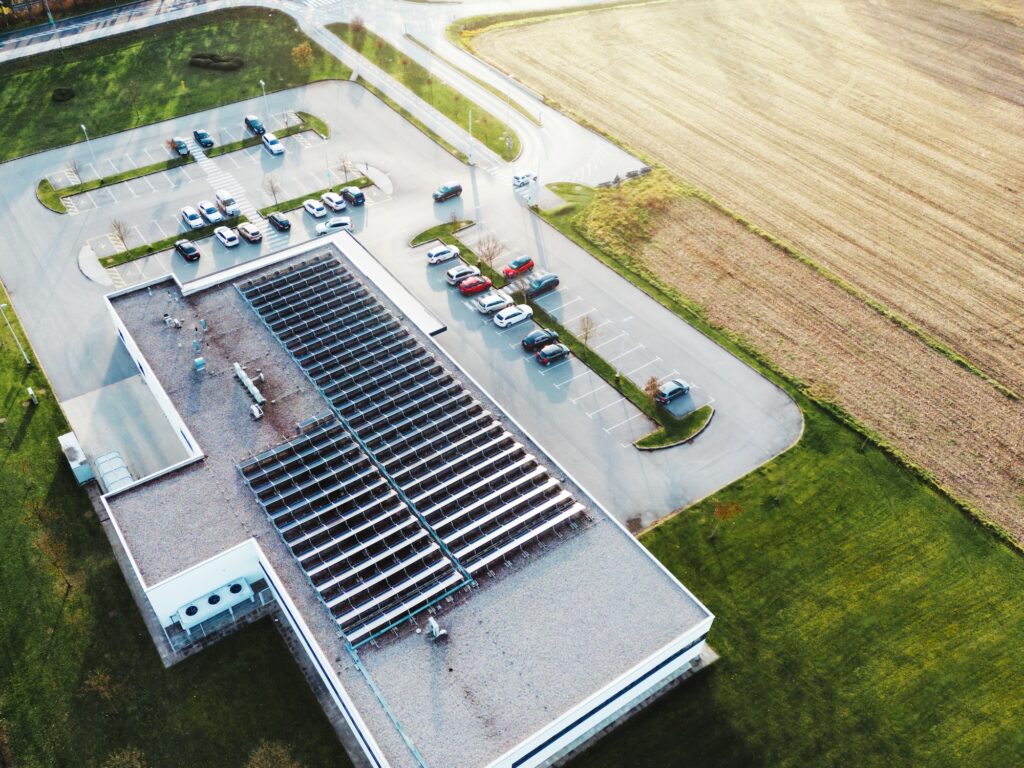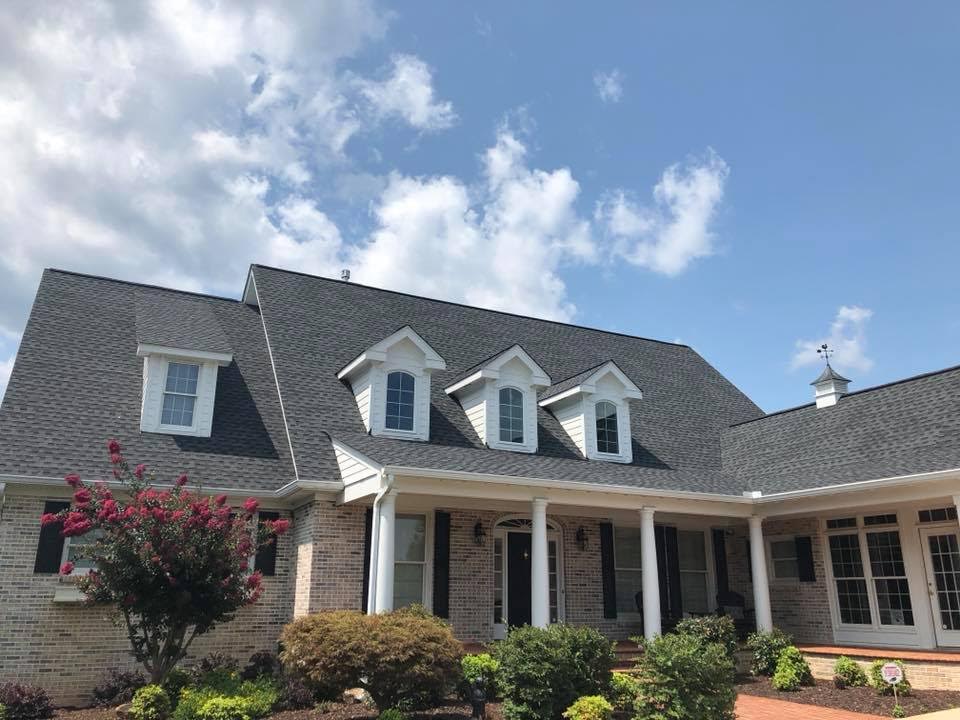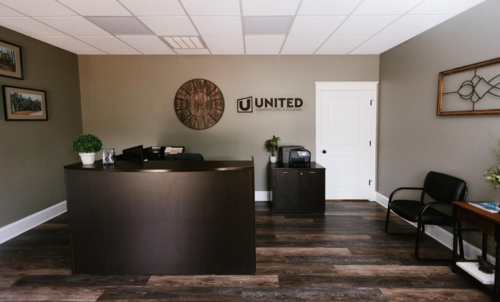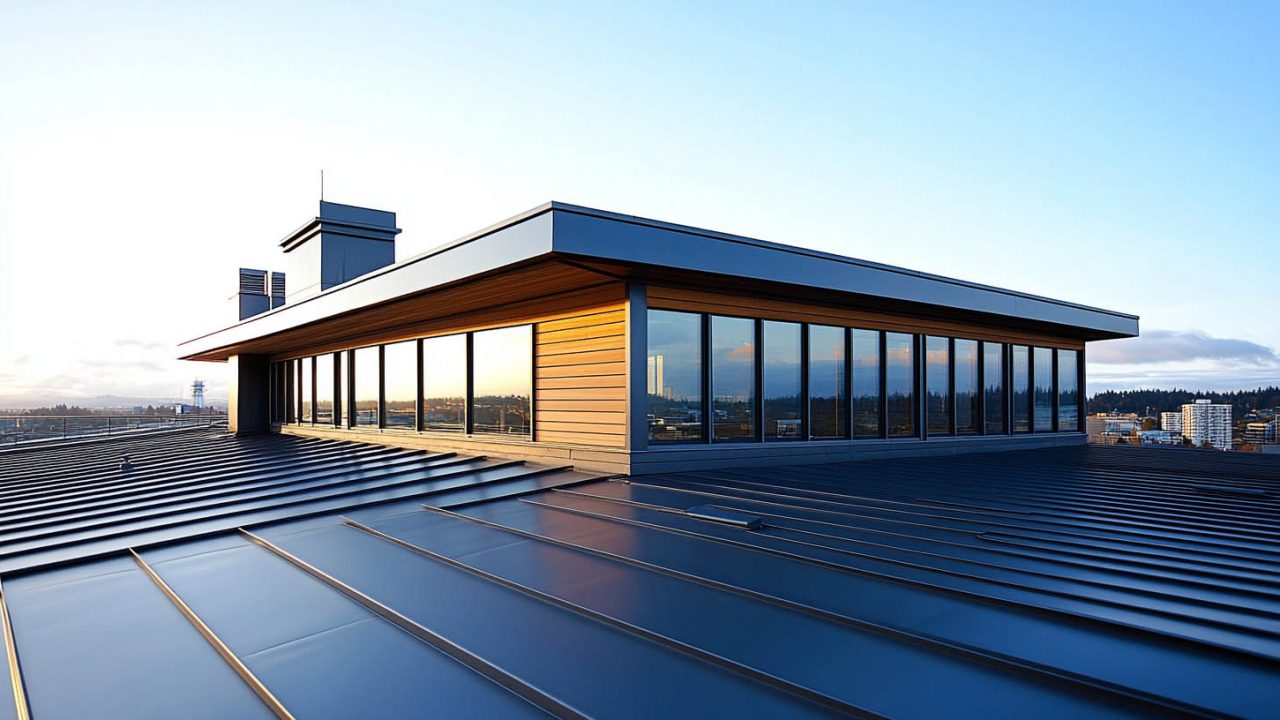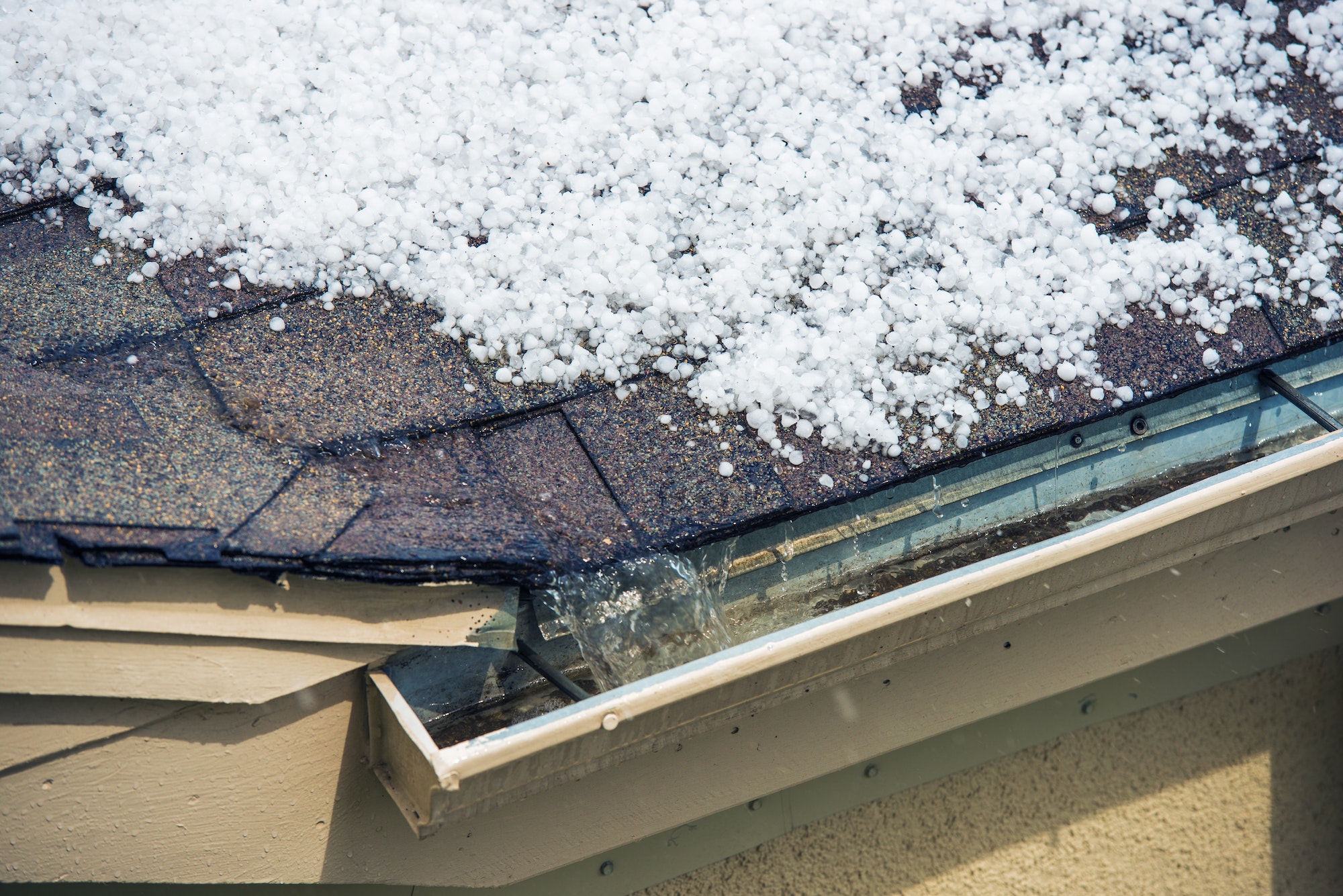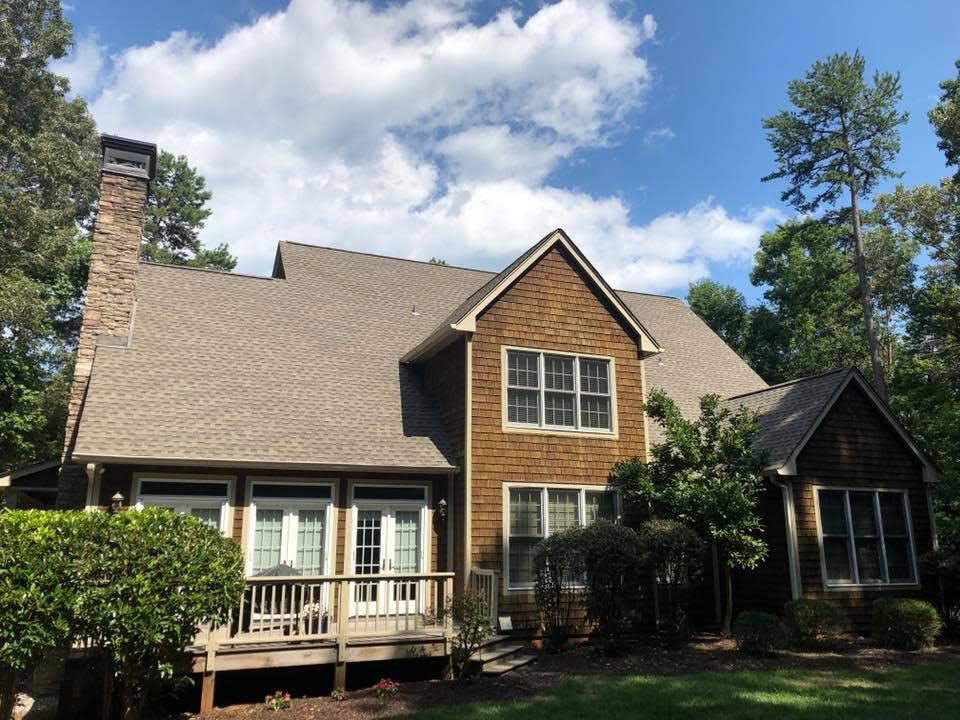Understanding the forces that act upon a commercial roof is essential for designing a roof system that can withstand extreme weather conditions. Wind is one of the most significant factors that influence roof performance, particularly in commercial buildings. At United Contracting & Roofing LLC in Greenville, SC, we ensure that our roofing solutions are engineered to endure even the most challenging wind conditions. This detailed explanation will help you understand the interaction between wind forces and commercial roof engineering.
Understanding Wind Forces and Negative Air Pressure
Wind Forces
Wind forces exert pressure on a building’s exterior, which can lead to significant stress on the roof system. These forces are categorized into:
- Positive Pressure: Applied to the windward side of the building.
- Negative Pressure (Suction): Occurs on the leeward side, roof, and sides of the building as the wind moves around and over it.
Bernoulli’s Principle
Bernoulli’s principle explains how wind speed and pressure differences create uplift forces on roofs. Faster-moving air above the roof creates lower pressure compared to the slower-moving air beneath, resulting in an upward force that can lift the roof off if not properly secured.
Roof Zones and Wind Pressures
Roof Zones
Commercial roofs are divided into zones based on their exposure to wind forces:
- Zone 1 (Field): Central areas of the roof, typically experiencing the lowest wind pressures.
- Zone 2 (Perimeter): Edges of the roof, where wind pressures are higher due to turbulence.
- Zone 3 (Corners): Corners of the roof, subjected to the highest wind pressures and uplift forces.
Calculating Wind Uplift Pressures
To determine the number of fasteners or the correct application rates for adhesives, it’s essential to calculate the wind uplift pressures specific to each roof zone. These calculations take into account factors such as:
- Building height and shape
- Geographic location and wind speed
- Exposure category (urban, suburban, or open terrain)
- Risk category (based on building importance and occupancy)
Engineering Solutions for Wind Resistance
Mechanically Attached Roof Systems
Mechanically attached systems use fasteners to secure the roofing membrane to the structural deck. This method distributes wind loads across the roof and is particularly effective in high-wind areas. Proper fastener spacing and securement patterns are critical to prevent uplift.
Fully Adhered Roof Systems
Fully adhered systems use adhesives to bond the roofing membrane directly to the insulation or roof deck. This method creates a continuous bond that resists wind uplift. It is essential to ensure that the adhesive is evenly applied and cured properly to achieve maximum strength.
Importance of Edge Metals
Engineered Edge Metals
Edge metals play a crucial role in securing the roof membrane and protecting against wind uplift. These components are tested and rated for their ability to withstand wind forces and prevent roof blow-offs. Proper installation of edge metals is essential to ensure the roof’s integrity.
Testing and Rating
Edge metals are subjected to rigorous testing to determine their performance under simulated wind conditions. The American Society of Civil Engineers (ASCE) provides standards and guidelines for these tests, ensuring that edge metals meet the necessary criteria for wind resistance.
Practical Considerations for Roof Design
Geographic and Climatic Factors
Local weather patterns and geographic location significantly influence the design and engineering of commercial roofs. Areas prone to hurricanes, tornadoes, or frequent high winds require enhanced securement strategies to ensure the roof’s durability.
Building Usage and Occupancy
The building’s purpose and occupancy level also determine the necessary precautions. Essential facilities like hospitals and emergency shelters require more stringent standards to ensure continuous operation during and after extreme weather events.
Maintenance and Inspections
Regular maintenance and inspections are vital to identify and address potential vulnerabilities in the roof system. Periodic checks help ensure that fasteners, adhesives, and edge metals are intact and functioning correctly.
Conclusion
Wind forces and commercial roof engineering are intricately connected, requiring detailed calculations and strategic planning to ensure the roof’s stability and performance. Understanding the interaction between wind pressures, roof zones, and securement methods is crucial for designing a roof that can withstand extreme weather conditions. At United Contracting & Roofing LLC, we are dedicated to providing roofing solutions that meet the highest standards of safety and durability.For more detailed insights on silicone coating, click here.

